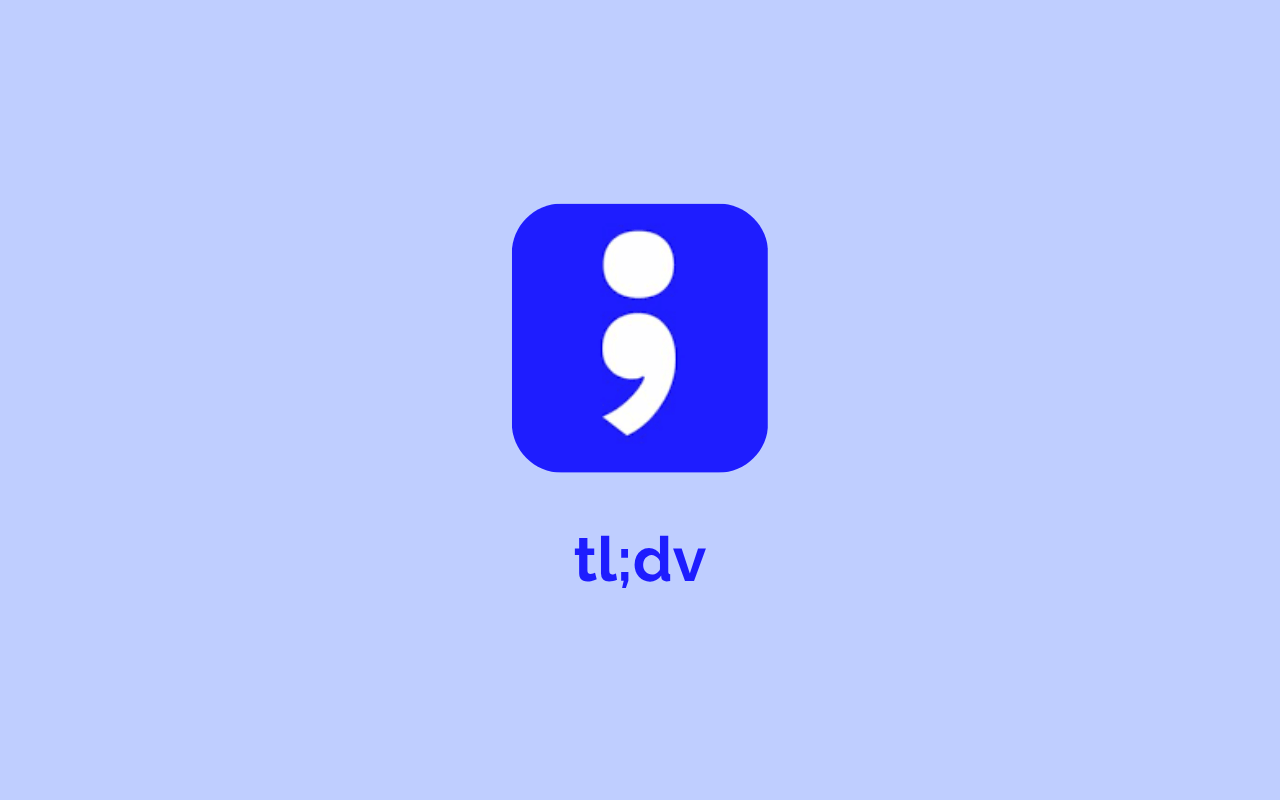Not every lead is created equal. And the way you manage your lead distribution can directly impact your lead conversions.
Manually managing your lead distribution is a task that is typically characterized as tediously time-consuming, prone to errors, and likely to hinder your team’s productivity.
All of these can negatively affect your sales efforts.
Want to know by how much? You can input your specs into this ROI calculator to find out.
This is why a streamlined lead distribution strategy is crucial if you want to build a healthy sales funnel.
Automating your lead distribution can reduce your cost per conversion and prevent you from missing high-quality leads, while providing your potential customers with lightning-fast responses to their inquiries.
In this post, we’ll explore the concept of lead distribution, its importance, and how you can streamline the process using tools like Demodesk Scheduling.
Get ready to join the league of sales professionals and revenue operations teams who have harnessed the power of automation and optimized their lead distribution!
What Does Lead Distribution Mean?
Lead distribution is the process of assigning existing or new leads to the right sales reps when they get in touch with your business to learn more about your products and/or services.
With an accurate and efficient lead distribution system, the chances of your sales reps reaching out to new leads within the ideal timeframe skyrockets. As a direct result, the likelihood that they will be able to successfully get in touch with the leads and qualify them quickly also dramatically increases.
There are several criteria that you can base your lead distribution on.
For example, you can distribute leads based on where your sales reps are located.
In such a case, leads that come in from a specific country or region would be assigned to the reps that are based there. So incoming leads from the US would be assigned to sales reps who are based in the US.
If your sales team is divided into two teams of reps that focus on either enterprise or SMB accounts, it can be beneficial for your leads to be distributed based on company size.
This will ensure that your sales reps are only assigned leads that match their focus.
When you distribute leads fairly and effectively, it not only boosts your conversion rates but it also ensures that all the members of your sales team have a fair workload.

5 Reasons Lead Distribution Is Important
Not managing your lead distribution process can negatively affect your entire sales process and, in turn, your bottom line.
Adopting an efficient lead distribution process is likely to increase your revenue for five reasons.

1. An Efficient Sales Pipeline = More Closed Deals
An efficient lead distribution system will give you a better overview of the leads in your pipeline, your conversion rates, and your sales team's performance.

Having a streamlined lead distribution strategy means having visibility into the prior interactions that your leads have had with your company.
This will enable your sales reps to access information that helps them tailor their customer calls to the specific needs of your potential customers.
This is a win-win scenario because it will ensure that your sales reps don't waste any time, while also giving your customers a good first impression of your business.
If you can impress potential customers in their first few interactions with your company, they are more likely to convert into paying clients. And a higher conversion rate naturally results in more revenue.
2. Ensures Fairness Across Your Sales Team
You want to give your sales team equal opportunities to close sales. Especially if their compensation involves bonuses.
If you can equally and fairly distribute leads to the right sales rep, you help them increase the likelihood of being able to close their deals.
Each new lead will have slightly different needs, so sending the relevant lead to the right sales rep will ensure that their specific needs are met. Thereby helping them to start off, or continue, their relationship on a good note.
Another benefit of distributing leads to the right reps is helping to boost the team's motivation and morale.

If the members on your sales team know that the leads are being fairly distributed, this will give them peace of mind and can help them feel more motivated to do their work.
3. Accelerates Response Times
There's no doubt about it; you have a tiny window to capture a lead's attention.
A report by Harvard Business Review found that companies that contacted leads within 1 hour of their inquiry were seven times more likely to qualify the lead.

The same study found that only 16% of companies responded to inquiries within the first one to 24 hours.
The takeaway from this? You should strike while the iron is hot. If you respond faster to inbound leads than your competitors, they are more likely to purchase from you.
With an automated process, you can effectively reduce your response times and capture your leads' attention before it drifts elsewhere.
4. Ensures Correct Lead Prioritization
If you receive a hundred leads a day for your sales team to go through, manually prioritizing and deciding which leads are worth pursuing can take a lot of time.
Effective lead distribution also means not wasting time on low-quality leads (those that are irrelevant or less likely to convert into paying customers).

If you can create an effective lead distribution process, you are more likely to notice when leads with a high potential of becoming a customer come in.
With an effective lead distribution system, you'll be able to quickly identify more leads that won't convert and spend time on pursuing the most promising ones.
An efficient system for lead qualification boosts your sales team's productivity and will reduce your cost per conversion. The average cost per conversion for Google Ads is 4.40%, so keeping this cost as low as possible will significantly improve your bottom line.
5. Improves the Customer Experience
If you carefully build an effective lead distribution strategy, you can significantly improve your customer's experience and eliminate the pain points in your sales funnel.

By making the first touch point with your business as seamless as possible, your leads will feel encouraged to continue learning more about your products and services.
They will have the experience that dealing with your business is a pleasure, not a chore. Which may in turn result in better conversion rates and improve long-term customer retention.
Manual vs. Automated Lead Distribution
There are two ways to assign leads to sales reps: manual and automated lead distribution.
You may be wondering what the pros and cons of the two are. Let’s take a look.
What is Manual Lead Distribution?
Manual lead distribution methods involve a person manually assigning leads to team members. They may use an Excel spreadsheet, calendar tool, or another manual system to accomplish this task.
Advantages of Manual Distribution
If you're just starting a business and your company size is still very small, this lead distribution method may be suitable.
The advantage of this method is that you have a very high level of control over who you qualify and who you follow up with.
If you have a business with a specific niche and only seek out clients who fulfil very particular criteria, then manually distributing leads may enable you to stay on top of every lead capture so that you know exactly who is entering your sales funnel.
Disadvantages of Manual Distribution
Manually sorting incoming leads means that someone on your team, likely a sales manager, needs to receive the leads, qualify them, and then assign them to team members.
They need to manually take the information from inbound leads that come in through the company website, marketing campaigns, or email promotions, and decide which sales rep should follow up with them.
Unfortunately, manually assigning leads is both time-consuming and inefficient.
If you have hundreds of inbound leads a day, it can become a full-time job for someone to manually assess the quality of leads and assign them to the relevant reps.
Other disadvantages of manually assigning leads include the risk of human error and mistakes with lead scoring. It's not difficult for someone to overlook a qualified lead that has potential to convert into a customer.
Another common mistake when manually assigning new leads to reps is giving the same lead to two sales reps. This creates confusion for both the prospect and the reps, and makes your business look unprofessional to the potential client.
Unconscious biases may also come into play if lead distribution is manual. Without realizing it, the person sorting the leads could route the leads with the highest conversion potential to their favorite team member.
In addition, using a manual lead distribution strategy can make it more difficult for your company to adapt to changing market dynamics and hinder scalable growth.
What Is Automated Lead Distribution?
When you use automated lead distribution software, lead routing becomes machine-automated and your inbound leads get automatically assigned to the relevant sales representatives.

The software's algorithms can determine who the leads should be assigned to based on criteria such as their geographic location, lead quality, or previous interactions with your business.
You can set your own customized rules for how the lead distribution software should assign leads to reps. And the software will follow best practices to ensure fair lead distribution without bias.
Advantages of Automated Distribution
Lead distribution software takes the manual work out of assessing lead quality and assigning them to your team members.
Lead automation software saves you time, money, and improves the overall sales process for both customers and reps.
When you assign a lead to the right rep, you help them start the relationship off on the right foot. Leading to a lasting client relationship and effective customer relationship management.
With a lead distribution platform, you can easily automate and customize the lead routing process for your business.
For advanced routing rules, you can use a round-robin lead distribution process and intuitive routing forms.
Depending on your business goals, lead distribution software allows you to ensure fair and fast distribution.
Round-robin distribution means that each rep is assigned a lead until everyone has one. At which point the cycle starts again. This lead distribution method means that you can ensure complete fairness and eliminate any bias that may occur in a manual lead distribution process.

With lead distribution software, you can also ensure that leads are assigned fairly and objectively. Allowing for complete transparency about how leads are assigned. This, in turn, can boost the morale, motivation, and collaboration of your sales team.
Using lead distribution software also makes the process far more scalable as it can disqualify fake leads easily and send the most important leads to sales reps quickly.
If your lead generation efforts are effective, you may receive thousands of inbound leads daily. Sorting through these leads manually is not time efficient. Whereas lead distribution software can sort and prioritize your sales leads in just seconds.

Disadvantages of Automated Distribution
With an automated lead distribution method, you may feel like you have less ownership or lose out on an overview of what's happening with your lead distribution.
Setting the lead assignment rules is the responsibility of the sales leadership and sales managers. And it's possible that if they don't do it well, it could result in leads getting sent to the wrong sales reps.
Deciding which routing rules to set may also be challenging if you lack experience in setting up lead distribution strategies.
Automating Lead Distribution with Demodesk Scheduling
When selecting the right lead distribution software for your business, you want to choose an easily customizable option that you can rely on to assign suitable leads based on your criteria.
It should maximize efficiency and get results with minimal effort.
Take Usercentrics, for example.
They use Demodesk to reduce their speed to lead time by 50%, and have managed to shorten their sales cycles thanks to hosting more engaging meetings.
Using Routing Forms
Routing forms ensure that unqualified leads don't waste your marketing and sales teams' time.
By using routing forms, new leads can book appointments on your website with ease. You can customize your routing forms with relevant qualifying questions to ensure that your lead capture is only for high-quality leads.
Once the new lead fills out their information, they will be assigned to the most relevant rep using the automatic routing rules that you define.
There are many levels of customization available when deciding your routing rules, and you can choose more than one condition within a rule.
For example, you can distribute leads based on department size or email address.
The more customization you use when routing leads, the higher your chances of getting your leads in touch with the right reps to have a great conversation and qualification.

Fair vs. Fast Distribution
One of the customization options within the lead routing forms is the option to optimize for either fair or fast lead distribution.
If you want to assign leads to team members equally, the fair distribution option may be better suited to your needs.
Visitors to your site will only see the availability of sales reps with the least demos in their diaries. These numbers won’t include cancellations and no-shows.
Choosing the fast distribution option means that leads will see the availability of all team members for the meeting type they require. In the case that multiple reps are available, the sales rep with the fewest appointments will get assigned the lead.

Routing Leads to Assigned Owners
The option to route leads to assigned owners ensures that each new lead is assigned to sales representatives based on whether they had any previous interactions with them.
When you use the "Route to assigned owner" feature, Demodesk checks if the visitor's email address is already in your CRM.
If so, it will check whether an account exists for that contact. If the account already exists in your system, then Demodesk will only display the availability of the account owner in the next step of your routing form.
If the contact has no account assigned, Demodesk will display the contact owner's available time slots.
If the contact isn't in your CRM, Demodesk automatically checks whether another contact with the same domain is assigned to an owner.

Lead Distribution Works
Without defined lead distribution strategies and a lack of lead tracking, sales teams may need to deal with incoming leads that aren't qualified. Resulting in a mismanaged sales process.
It's also possible that the people manually distributing leads could accidentally overlook important potential leads and lose opportunities for closing deals.
Using a lead distribution system automated by software can take the stress out of handling lead routing at scale. Distributing leads efficiently can help you improve your sales process and create a more harmonious sales team that always receives leads that are relevant to them.
It can also benefit your sales conversions by helping to start your customer meetings off on the right note.
If you want to improve your lead distribution accuracy and ensure you never overlook a high-value client again, try Demodesk Scheduling.

You'll get back all the time you currently spend on manual tasks and improve your speed to lead in no time. Book a demo with us today, and we'll show you just how easy and impactful automating your lead distribution can be.








%201.avif)





